-
 bitcoin
bitcoin $109667.069529 USD
-3.03% -
 ethereum
ethereum $3936.685804 USD
-4.07% -
 tether
tether $1.000493 USD
0.01% -
 xrp
xrp $2.771823 USD
-4.74% -
 bnb
bnb $957.805027 USD
-5.34% -
 solana
solana $196.735100 USD
-6.68% -
 usd-coin
usd-coin $0.999727 USD
-0.01% -
 dogecoin
dogecoin $0.227355 USD
-5.12% -
 tron
tron $0.335205 USD
-0.81% -
 cardano
cardano $0.779256 USD
-3.59% -
 ethena-usde
ethena-usde $0.999900 USD
-0.06% -
 hyperliquid
hyperliquid $42.492095 USD
-6.61% -
 chainlink
chainlink $20.501853 USD
-4.34% -
 avalanche
avalanche $28.952606 USD
-11.21% -
 stellar
stellar $0.356038 USD
-3.93%
How do I interpret support and resistance on the 60-day moving average?
The 60-day moving average acts as dynamic support in uptrends and resistance in downtrends, helping crypto traders identify momentum shifts and potential entry or exit points.
Sep 14, 2025 at 07:18 am
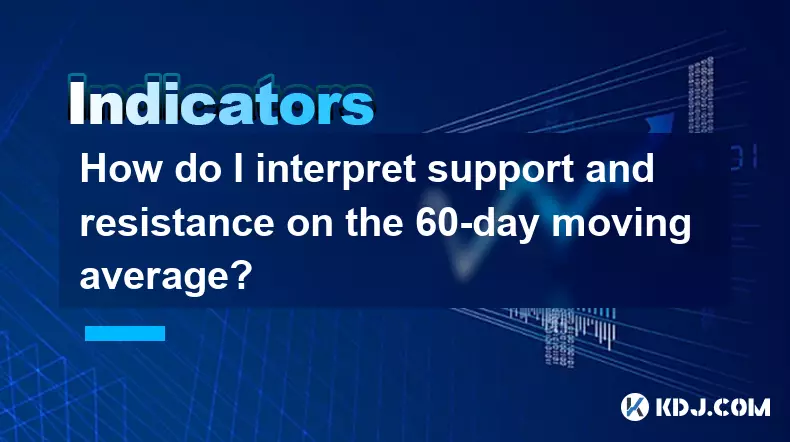
Understanding the 60-Day Moving Average in Crypto Markets
1. The 60-day moving average (MA) is a widely used technical indicator among traders analyzing cryptocurrency price trends. It calculates the average closing price of an asset over the past 60 trading days, smoothing out short-term volatility to reveal longer-term momentum. In fast-moving markets like Bitcoin or Ethereum, this average acts as both a trend filter and a dynamic reference point for potential turning levels.
2. When the current market price trades above the 60-day MA, it often signals bullish sentiment. Traders interpret this as a sign that recent buying pressure has outweighed selling, suggesting strength in the asset. Conversely, when prices fall below the 60-day MA, bearish momentum may be taking hold, prompting some traders to consider reducing exposure or initiating short positions.
3. Unlike static horizontal support and resistance zones based on historical price highs and lows, the 60-day MA shifts daily. This dynamic nature allows it to adapt to evolving market conditions, making it especially useful during volatile crypto cycles where price patterns change rapidly.
4. Many algorithmic trading systems incorporate the 60-day MA into their logic, reinforcing its significance. As more traders and bots react to crossovers or bounces off this level, it gains self-fulfilling power — price tends to respond predictably because enough participants expect it to.
How the 60-Day MA Acts as Dynamic Support and Resistance
1. During sustained uptrends, the 60-day MA frequently serves as a floor where dips are met with buying interest. If price approaches the moving average and then rebounds upward, it confirms the MA’s role as dynamic support. This behavior is common in bull runs across major cryptocurrencies, where investors view pullbacks to the 60-day MA as opportunities to enter or add to long positions.
2. In downtrends, the same moving average can flip into resistance. Price rallies that reach the 60-day MA but fail to break through suggest that sellers remain in control. These rejection patterns often precede renewed downward movement, especially if accompanied by high volume.
3. A key moment occurs when price crosses the 60-day MA after an extended move. A decisive breakout above the MA following a bear market phase may signal a shift in trend direction. Similarly, a breakdown below it after a prolonged rally could indicate weakening demand.
4. The slope of the 60-day MA adds context. An upward-sloping MA reinforces its credibility as support, while a flattening or declining slope suggests weakening momentum, increasing the likelihood of a breach.
Combining the 60-Day MA with Other Technical Tools
1. Volume analysis enhances the reliability of signals generated near the 60-day MA. A bounce off the MA on low volume may lack conviction, whereas a reversal supported by rising volume suggests stronger participation from buyers or sellers.
2. Candlestick patterns appearing at the 60-day MA provide additional confirmation. For instance, a bullish engulfing or hammer pattern forming as price touches the MA increases the probability of a successful rebound.
3. Oscillators such as the Relative Strength Index (RSI) or MACD can help determine whether a test of the 60-day MA coincides with oversold or overbought conditions. An RSI reading below 30 during a touch of the MA in an uptrend strengthens the case for a bullish reaction.
4. Horizontal support/resistance levels intersecting with the 60-day MA create confluence zones. When a prior price swing low aligns with the current value of the MA, the combined weight of technical factors makes that area particularly significant.
Common Misinterpretations of the 60-Day MA
1. Some traders treat every touch of the 60-day MA as a guaranteed reversal point, ignoring broader market structure. In ranging or choppy markets, the MA may be repeatedly breached without clear follow-through, leading to false signals.
2. Overreliance on the 60-day MA alone can result in missed context. For example, macroeconomic news, regulatory updates, or whale wallet movements might override any technical signal the MA provides.
3. Timeframe matters significantly. On lower timeframes like 4-hour charts, the 60-day MA appears less responsive due to fewer data points, while on weekly charts, it becomes a slower, more strategic guide rather than a tactical entry tool.
Frequently Asked Questions
What happens when the price consolidates around the 60-day MA?When price hovers near the 60-day MA for several periods, it indicates indecision in the market. Neither buyers nor sellers are able to gain control. This phase often precedes a breakout in either direction, especially if volatility contracts before expanding again.
Can the 60-day MA be used effectively in sideways markets?Its usefulness diminishes in range-bound conditions. Without a clear trend, price oscillates above and below the MA frequently, generating conflicting signals. Traders often switch to shorter MAs or horizontal levels in such environments.
Is the 60-day MA more relevant for spot traders or futures traders?Both groups use it, but for different reasons. Spot traders may use it to time entries during corrections, while futures traders watch it for positioning cues and liquidation clusters. Its visibility makes it a psychological benchmark across trading styles.
Disclaimer:info@kdj.com
The information provided is not trading advice. kdj.com does not assume any responsibility for any investments made based on the information provided in this article. Cryptocurrencies are highly volatile and it is highly recommended that you invest with caution after thorough research!
If you believe that the content used on this website infringes your copyright, please contact us immediately (info@kdj.com) and we will delete it promptly.
- Big Rocking Horse, Coin, and Ice Cream: An Aussie Icon's Sweet Ride
- 2025-09-26 10:45:16
- Pi Network, Price Forecast, and the Meme Market: A New York Minute
- 2025-09-26 10:25:14
- AIXA Miner: Revolutionizing Bitcoin Mining with Cloud Solutions
- 2025-09-26 10:45:16
- Mid-Cap Altcoins: Crypto Buys with Breakout Potential
- 2025-09-26 10:50:01
- BullZilla Presale: Riding the Crypto Wave in September 2025
- 2025-09-26 10:50:01
- Litecoin ETF Buzz, XRP Breakout Dreams, and BlockDAG's Deployment: Crypto's Wild West in '25
- 2025-09-26 10:50:01
Related knowledge
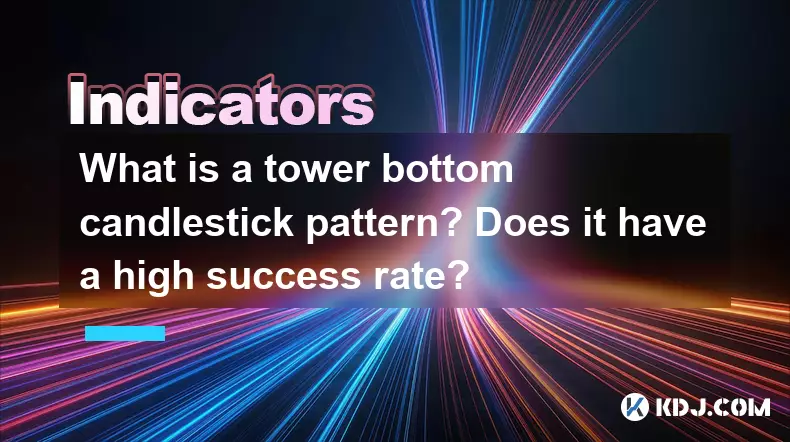
What is a tower bottom candlestick pattern? Does it have a high success rate?
Sep 22,2025 at 07:18am
Tower Bottom Candlestick Pattern Explained1. The tower bottom candlestick pattern is a reversal formation that typically appears at the end of a downt...
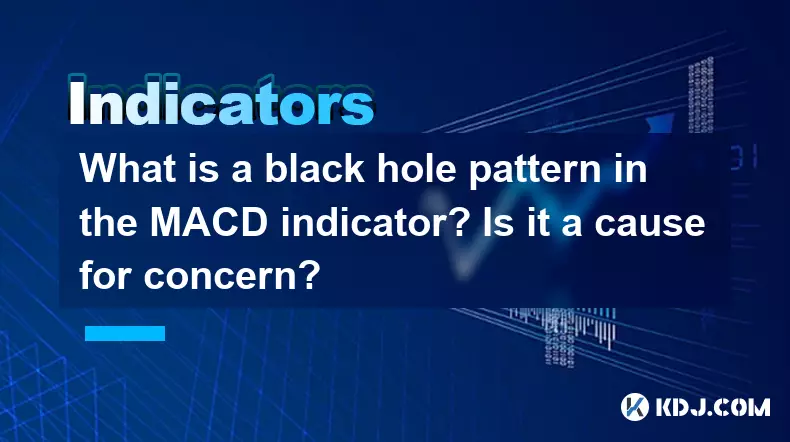
What is a black hole pattern in the MACD indicator? Is it a cause for concern?
Sep 21,2025 at 06:54pm
Bitcoin's Role in Decentralized Finance1. Bitcoin remains the cornerstone of decentralized finance, serving as a benchmark for value and security acro...

How can I use the psychological line (PSY) to determine market sentiment?
Sep 17,2025 at 02:19pm
Understanding the Psychological Line (PSY) in Cryptocurrency TradingThe Psychological Line, commonly referred to as PSY, is a momentum oscillator used...
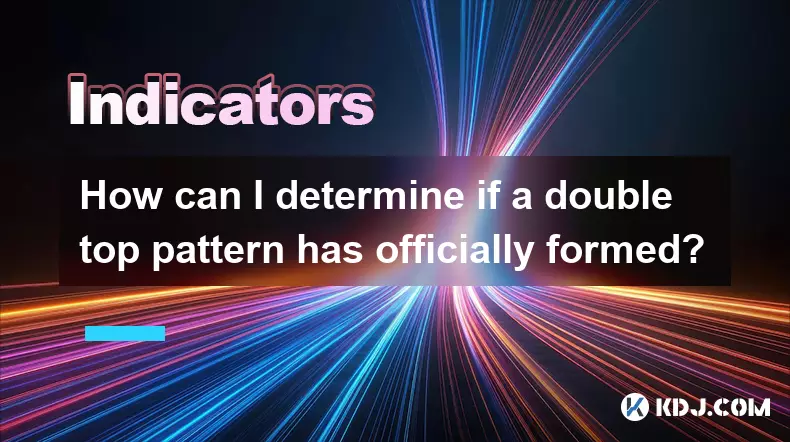
How can I determine if a double top pattern has officially formed?
Sep 21,2025 at 03:18am
Understanding the Structure of a Double Top Pattern1. A double top pattern consists of two distinct peaks that reach approximately the same price leve...
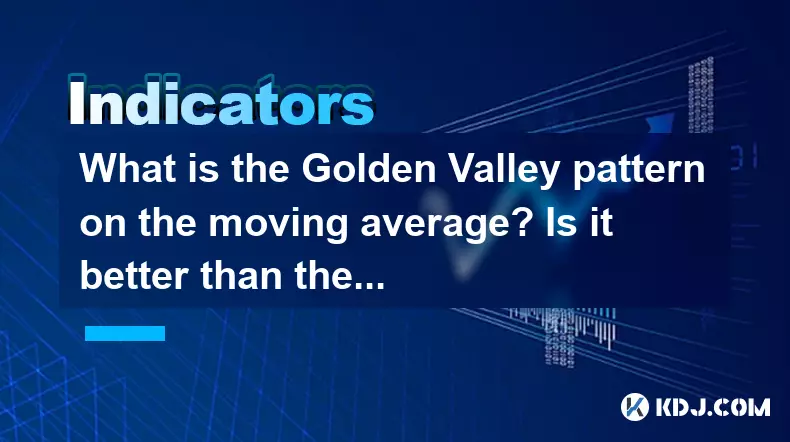
What is the Golden Valley pattern on the moving average? Is it better than the Silver Valley pattern?
Sep 21,2025 at 02:54pm
Understanding the Golden Valley Pattern in Moving Averages1. The Golden Valley pattern is a technical formation observed in cryptocurrency price chart...

What does a death cross of the RSI in the strong zone (above 50) mean?
Sep 17,2025 at 10:54pm
Understanding the Death Cross in RSI Context1. The term 'death cross' is traditionally associated with moving averages, where a short-term average cro...

What is a tower bottom candlestick pattern? Does it have a high success rate?
Sep 22,2025 at 07:18am
Tower Bottom Candlestick Pattern Explained1. The tower bottom candlestick pattern is a reversal formation that typically appears at the end of a downt...

What is a black hole pattern in the MACD indicator? Is it a cause for concern?
Sep 21,2025 at 06:54pm
Bitcoin's Role in Decentralized Finance1. Bitcoin remains the cornerstone of decentralized finance, serving as a benchmark for value and security acro...

How can I use the psychological line (PSY) to determine market sentiment?
Sep 17,2025 at 02:19pm
Understanding the Psychological Line (PSY) in Cryptocurrency TradingThe Psychological Line, commonly referred to as PSY, is a momentum oscillator used...

How can I determine if a double top pattern has officially formed?
Sep 21,2025 at 03:18am
Understanding the Structure of a Double Top Pattern1. A double top pattern consists of two distinct peaks that reach approximately the same price leve...

What is the Golden Valley pattern on the moving average? Is it better than the Silver Valley pattern?
Sep 21,2025 at 02:54pm
Understanding the Golden Valley Pattern in Moving Averages1. The Golden Valley pattern is a technical formation observed in cryptocurrency price chart...

What does a death cross of the RSI in the strong zone (above 50) mean?
Sep 17,2025 at 10:54pm
Understanding the Death Cross in RSI Context1. The term 'death cross' is traditionally associated with moving averages, where a short-term average cro...
See all articles










































































